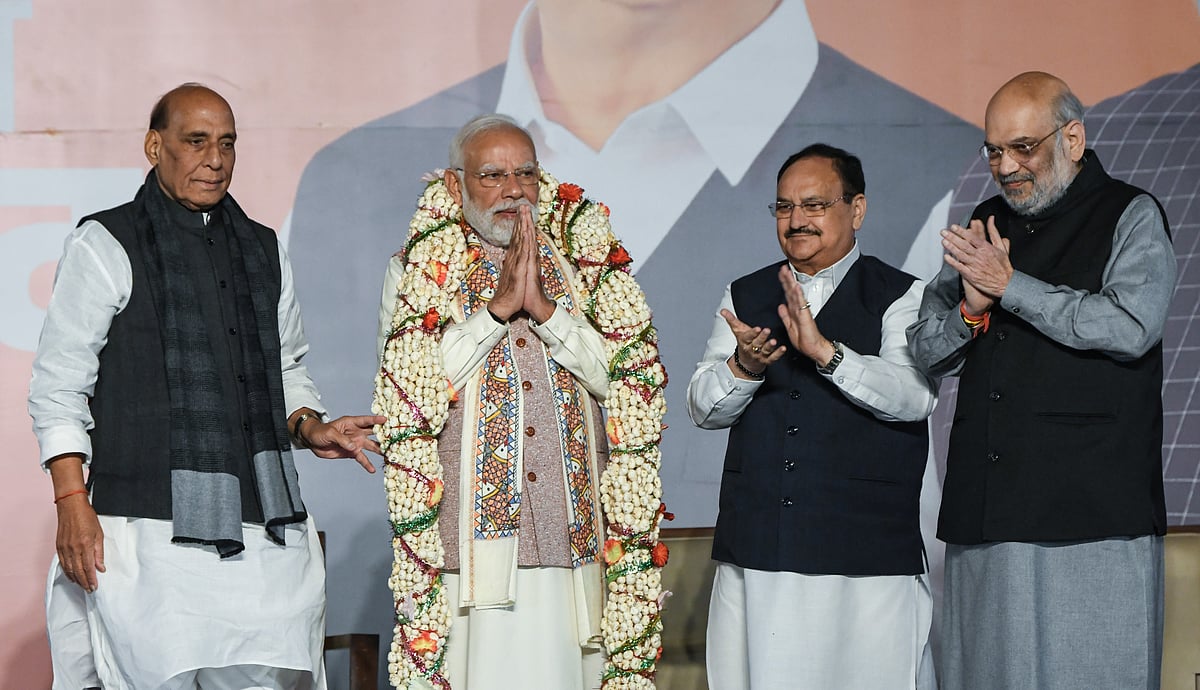With 65% of India’s population still being rural, a major challenge in India’s financial inclusion efforts is to provide banking services in the most remote rural areas. Over the past decade, remarkable strides have been made to improve the state of underbanked population and bringing them under the purview of formal banking system. There are more than 50 crore Jan Dhan accounts as on August 9, 2023 but the physical banking infrastructure penetration in villages is extremely low.
For instance, as per World Bank data 2021, in India there are 21.44 ATMs per 100,000 adults whereas the world average is much higher at 51.89. The number of bank branches per 100,000 people is 14.58 in India while the world average is 29.97. There is just 1 bank for every 12 villages in India. India still has the second highest population of unbanked in the world as of 2023. The pandemic helped to drastically increase the smartphone and internet connections in the rural areas but the usage is mainly for video calling, social media and influencers.
Rural India is still sceptical for digital banking solutions and the reasons are more than one for why they do not want to enter in these uncharted waters.
Firstly, a lack of trust keeps the rural population away from using mobile banking services. Also, the fear of digital has greatly increased due to drastic increase in the number of cyber frauds. Hence, the conservative nature of the rustic community makes them rely on banking services which have a human touch.
Secondly, people still rely heavily on cash especially in agricultural sector. All short-term working capital dealings of buying raw material, hiring labour, paying wages, etc. is done in cash. Cash provides liquidity to farmers as a lot of them do not have credibility to access a formalised credit line from a bank.
Thirdly, the financial literacy amongst the rural community is quite stunted. The Reserve Bank of India recently carried out a pan-India “Financial Literacy and Inclusion survey” to evaluate digital banking awareness and knowledge among the country’s rural and urban population. The survey was based on three parameters including financial knowledge, attitude and behaviour and the score of rural community was a dismal 11.70 on a scale of 21.
Phygital Infrastructure provides best of both the worlds. Phygital does not replace physical interactions with digital ones; rather, it combines the physical and digital. Physical touchpoints instil trust and human connection, while digital interfaces offer speed and convenience.
One of the Phygital Banking models that has fastened the pace of financial inclusion in rural India is the Business Correspondent (BC) model. Let us say, you run out of cash while shopping in the local market, you approach the nearby kirana store and request the merchant to extend a cash advance. Subsequently, you initiate a transfer of the equivalent amount to the merchant using either AePS or Bharat QR. This mirrors the role of BCs in rural areas who facilitate financial transactions for individuals in villages.
The humble postman of India Post plays the same role. They not just now deliver letters and parcels but offer a host of financial services related to banking, credit, utility bill payments, merchant payments, Aadhaar and many more. India Post is utilising its network of approximately 1.6 lakh post offices and staff of 4.35 lakhs across the country to further enhance financial inclusion.
The dakiyas and the local kirana merchants are proving to be trustworthy third-party agents, providing “doorstep banking” services in the remotest of villages where banks do not have a presence. The brick-and-mortar stores and the post offices also work like digital smart banking points providing an array of banking services through micro ATMs, Aadhaar Enabled Payment Services, Point of Sale terminals and QR codes.
According to RBI data, from 2020 till 2023, there has been a five-fold increase in the number of micro ATMs in India. Bharat QR too has increased by 2.5 times during the same period. According to the RBI Annual report 2022-23, the banking outlets in villages through branches is barely 3% whereas the banking outlets in villages through BCs is 97%. RBI’s Financial Inclusion Index has improved to 56.40 in 2022 from 43.4 in 2017 and the BC model is a testament to the success of the financial inclusion and digitisation efforts taken through all these years.
Dr Charu Bhurat is Assistant Professor, Economics, and Prof Harsh Thakrar is Assistant Professor, Finance, at ASMSOC NMIMS University. Views are personal









